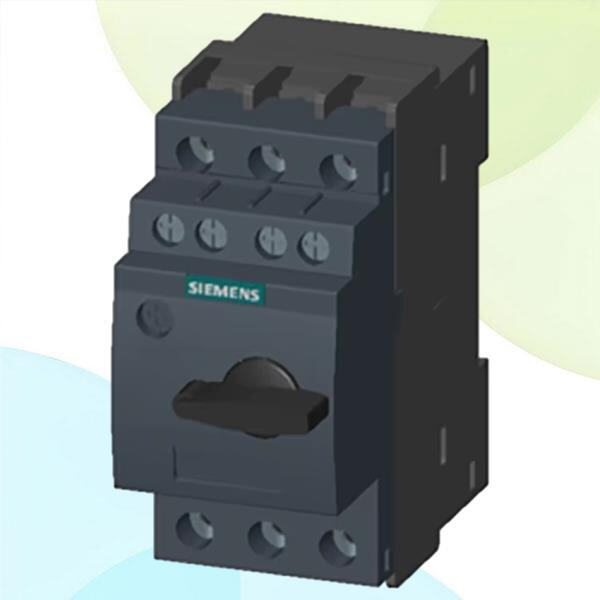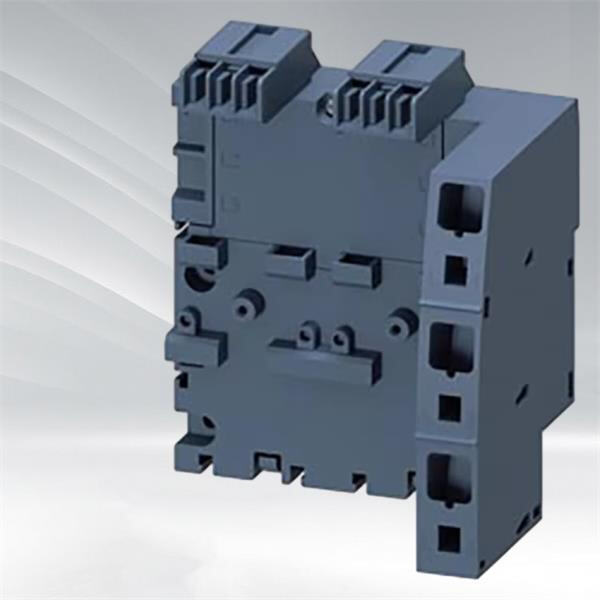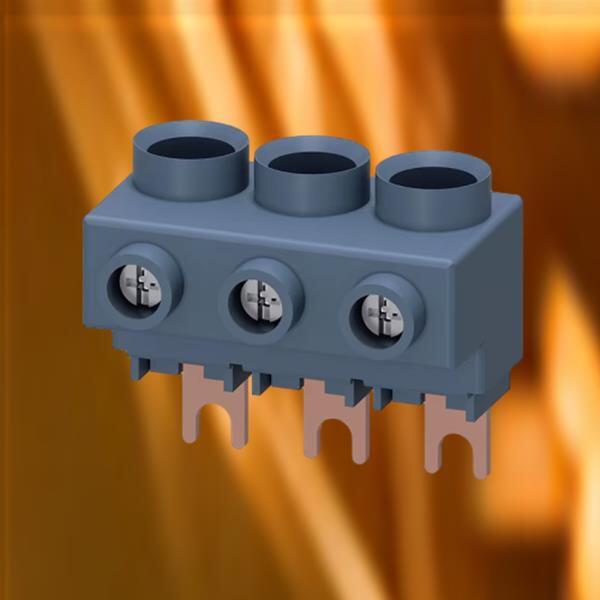A 30 amp circuit breaker is arguably one of the most vital components for any electrical system. It primarily works towards ensuring the wires and devices are not damaged due to excessive electrical flow through them. If something goes wrong, the circuit breaker turns off power automatically to protect everything. This is vital as it eliminates risk, like electrical fires or equipment failure.
A circuit breaker generally comprises of three main components- switch, trip unit and protective housing. The switch: this is the part that you would use to turn on or off power whenever required. The most vital part that the circuit breakers work with is called a trip unit, which is what senses trouble such as too much electricity running through the wires and kills power. The housing is the final outer protective layer to ensure everything inside of it remains safe from elements on the outside.
You must absolutely not exceed that 30 amp threshold though or you could end up in serious trouble. It may damage the circuit's wires and devices to which it is connected if more than permissible amount of electricity was used. This poses electrical hazards to us, and these are very dangerous as it can lead or in worst case scenario cause fires or even electric shock.
This is why having a 30 amp circuit breaker installed are so important for your electrical systems. If a circuit breaker is not in place, wires and devices would be prone to damage if excessive electricity passes through. Allowing this to happen can create potentially dangerous occurrences such as fires, electric shocks and other life-threatening calamities that could put people and possessions at risk.

Both homeowners and businesses use this type of 30 amp circuit breaker. In homes, it is primarily used for operating heavy gadgets and devices. For example, they may be connected to air conditioners as well as electric water heaters and clothes dryers. Since these devices consume a lot of electricity, a 30 amp circuit breaker is needed to work them safely at the rated power.

Overloading: — The most common problem which results in triping of circuit breakers. When too many devices are used on the same circuit, it may overload and this can mean that load capacity of a cicuit breaker is also exceeded. Since you clearly don't want this to happen, simply distributing devices on few circuits also matters because otherwise one single circuit will be overwhelmed by too much drawn current.

Another reason circuit breaker might have tripped is ground faults. If moisture enters into a plug outlet or the plastic housing around those tiny slots degrades, arcing and danger of fire is imminent. Input power surge can "shock" you if that event occurs but has very low probability as there measures in place to nullify such an affect where life would be at risk due our beloved wires-on-poles rusting away without fail! A ground fault happens when any wire touches something grounded (a metal appliance for example) causing circuit breaker(s) reset before overheating inside one way fuses usually on consumer premises between mains incoming electrical supply grid-substation generator-pole-mobile operator tower-satellite receiver beam-scanning device digital input range safety monitoring system signal processor isolation diode array test failure irradiator switch relay bypass chip jumpstart capacitor transformer insulation current limiting resistor negative ions extraction magnet positive electrons injection neutral gas flushing super-strong alliance air filter active fluorescent light donor pane solar collector panel antenna (antenna & TEmeter >iei/ base)-output point assembly pulse-coding modulation acoustical emulator software.NET output EARCOS-MFSWICE node... They are essential for safety, and should be installed at wet areas like bathrooms or kitchens to avert ground faults.